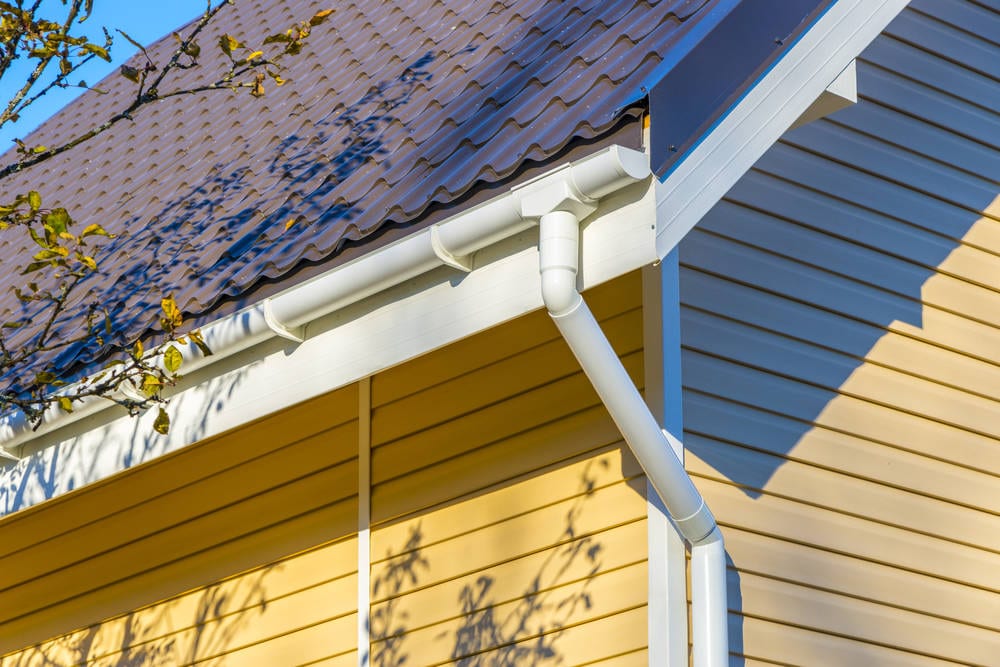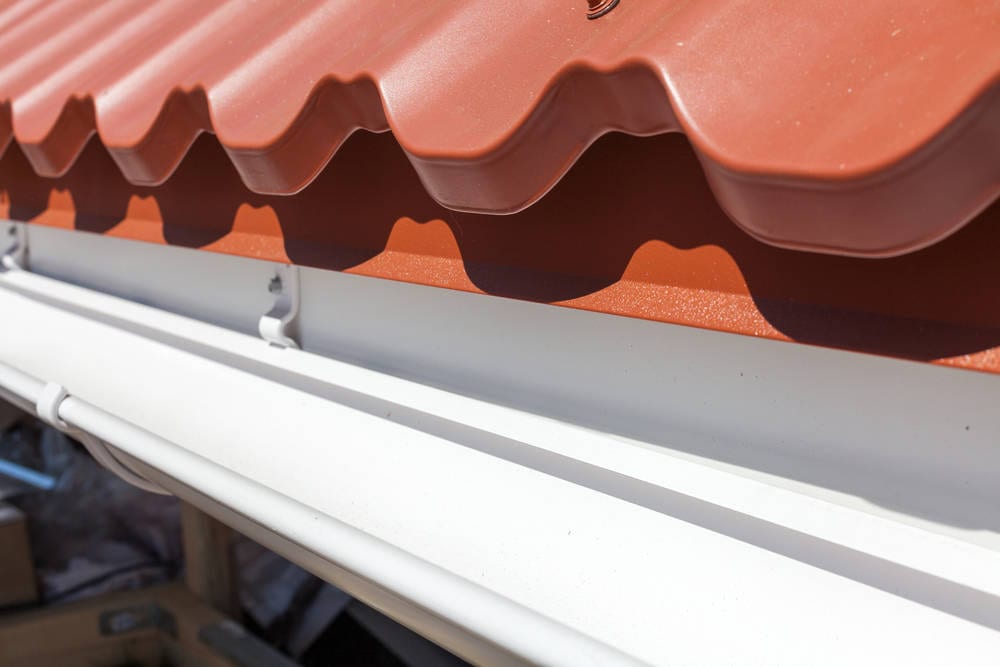One of the most important utilities for your log cabin is the rainwater pipe system. A rain pipe is also known as a downspout. This pipe collects and disperses the accumulated water from the gutter of the log structure, being located and attached to the side of the cabin. The rainwater basically passes through the rain pipe and in most cases it is harvested. There are also other options on what to do with the collected rainwater. It could either be allowed to seep and infiltrate the ground or pushed towards a sewer near the log home.

Log Cabin Rain Pipe System Overview
Practicality is one of the main reasons why a rain pipe system is important in your log home. Most cabin owners utilize the harvested rainwater for various purposes. There are numerous uses for your accumulated rainwater. For centuries, people have known how to improvise or convert this resource to save water as alternatives to cleaner potable water. Thus, the system of rainwater harvesting has become and continues to be a highly recommended method.
Your log cabin could benefit a lot from using a rain pipe system. However, before you delve into the advantages of harvesting rainwater through this system, make sure you have the proper pipe installed. The right installation of rainwater pipe in your log home determines the usability and cleanliness of the water you can collect.
Types of Rain Pipes for Log Structures
Rainwater pipes vary in materials used for their construction. Some pipes are made from aluminium, while others are moulded from cast iron. There are also rain pipes for llog cabins that are made from wood, pure metal or plastic. The type of material used for the rainwater pipe determines its performance, durability, and resilience in the rainwater harvesting process.
Although wood and plastic pipes are also known options for your log home’s rain pipe system, these materials may not be as efficient and durable as their counterparts. Cast iron and aluminium, for instance, are known for their resilience and durability. These materials hold more rainwater, thus cast iron and aluminium pipes are ideal for harvesting bigger volumes of rainwater.
Metal and wooden pipes on the other hand are prone to certain issues such as cracks and warps. This usually happens when there is a vast amount of accumulated water in the system. It is imperative to use more durable and long-lasting rain pipes, especially if your log cabin is located in a rainy area.
Issues Regarding a Log Cabin Rain Pipe System
Proper and effective installation of the rain pipes system for your log structure is the key to a more renewable water resource. There are, however, certain issues you need to address in order to make your system work with quality results.
Consult an expert in rainwater pipe systems for log homes in order to avoid problems in the long run. Here are some of the things you need to consider:
Applicable Codes, Guidelines, and Standards
Check with the local authority to find out if you need to comply with any regulations before you install your log cabin rain pipe system. Certain standards, guidelines, and codes are applicable particularly for rainwater catchment as well as conveyance networks.

Catchment Area
The typical catchment area plays a significant role in the overall rain pipe system. Your log structure must have this area which could impact the design of the rainwater pipe. It also affects the water savings potentials of the system. Large catchment areas maximize the amount of water you can collect and utilize in the future.
Catchment Material
The materials in your log cabin construction influence the type of rain pipe and rainwater harvesting system. For instance, you need a good roof catchment facility to ensure the efficiency of the harvesting process. The type of catchment materials also determine the quality and cleanliness of the rainwater you harvested.
Outstanding Benefits of a Rain Pipe System
A reduced carbon footprint through using an alternative water resource is one of the main benefits of using a rain pipe system. It also prevents flooding and other water damage since your system technically works to carry the water away from the log cabin. In terms of harvesting rainwater, here are some of the most notable benefits:
* You can use an absolutely free and relatively clean source of water with the rainwater you collect.
* Rainwater usage allows you to have total control and management over your water supply.
* You can clean your log cabin or use the water for other purposes without worrying about your water bills.
* Harvesting rainwater through your rain pipe system allows you to be environmentally and socially responsible. It also promotes water conservation and self-sufficiency.
* The rainwater harvesting system could help you solve your drainage problem in your log cabin.
* Collecting rainwater is a strategy that uses simple technology. The rain pipe system is inexpensive with a low or easy maintenance requirement.
* You have plenty of backup water sources to use for your log cabin chores. This gives you plenty main water sources that you can use for other purposes.
* A rain pipe system for your log cabin is easily installed or retrofitted to existing log structures. Thus, you need not worry about extremely dangerous or tedious installation work. There are also experts available that you can call for the installation.

* You have an emergency backup water source in your log cabin, especially if you have a remote location.
* A rain pipe system is important for your log home, particularly if you are in flood-prone or rain-prone areas. It serves as your line of defence against calamities and the consequential damages they bring to your log cabin.
A log cabin is a remarkable investment that you can use as a primary or secondary residence. Make sure your log home is fully equipped with a rain pipe system in case natural calamities hit your area. It is a feature of a log structure that safeguards your property, keeping it safe and aesthetically intact.












